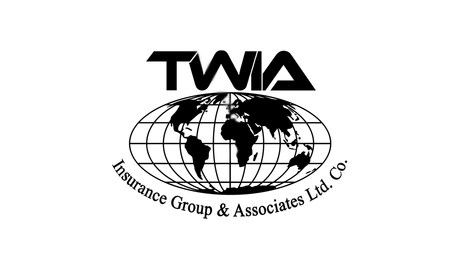TWIA Commercial Property & Casualty
EPA unveils labels for green construction materials
Dive Brief:
- The EPA on Aug. 7 announced its plan to implement a new label program to help purchasers identify more climate-friendly construction materials for federal building, highway and infrastructure projects, according to an agency news release.
- The label program will define what constitutes “clean” construction materials in support of the Biden administration’s Buy Clean Initiative, a procurement policy which aims to leverage the federal government’s massive purchasing power to grow the market for American-made, lower-carbon building materials.
- Production of construction materials accounts for more than 15% of annual global greenhouse gas emissions, which drive climate change, per the EPA.
Dive Insight:
The EPA’s label program will prioritize steel, glass, asphalt and concrete: There are significant opportunities to reduce climate pollution from these materials and they represent the vast majority of construction products purchased with federal funds, per the release.
Buy Clean takes into account the life-cycle emissions associated with the production of construction materials, and the program will offer a tiered rating system. Materials that earn the label will be listed in a central, publicly accessible registry, making it easier to identify and purchase them, according to the release. The EPA developed the program with input from a slew of federal agencies, including the Transportation Department.
“The use of lower carbon materials, that have the durability of conventional materials while lowering greenhouse gas emissions, is one pathway that FHWA is pursuing to help us achieve President Biden’s goal of net zero emissions by 2050,” said Federal Highway Administration Associate Administrator for Infrastructure Hari Kalla in the release.
The agency anticipates that labeling requirements for each product type will be periodically reviewed and updated every two to four years to respond to and drive market shifts and help users meet sustainability objectives, according to the release.
The EPA also issued several supporting documents to help implement the program, including Product Category Rule Criteria, which are guidelines for developing environmental product declarations to communicate environmental impacts of products. Other documents published Aug. 7 outline key remaining data gaps, provide a methodology for assessing life cycle data quality and describe other federal data quality improvement activities.
The label program is funded via $100 million from the Biden administration’s Inflation Reduction Act. Buy Clean stems from Biden’s December 2021 executive order, which directs the federal government to green its procurement practices and take other actions to achieve a net-zero emissions economy by 2050.
Stay Ahead in Construction: Essential Insights and Protection for Your Projects
The construction industry is the backbone of progress, constantly evolving and presenting new opportunities and challenges. As an investor, realtor, or lender in this vibrant sector, staying informed with the latest construction news is key to making smart decisions. Our blog, sourced from one of the top construction industry sites, is your gateway to staying ahead of the curve.
But what about protecting your investments and projects? Alongside these insights, we present our comprehensive Contractor Insurance Suite, designed to shield your construction projects from the unforeseen. From liability to property damage, our insurance solutions provide the security you need in an industry known for its unpredictability.
Whether you're breaking ground on a new project or managing ongoing developments, our insurance suite ensures that your financial interests are protected immediately. Discover how our tailored insurance products can be the cornerstone of your construction project's success.
Explore Contractor Insurance Solutions for Construction Success
This post was originally published on this site


